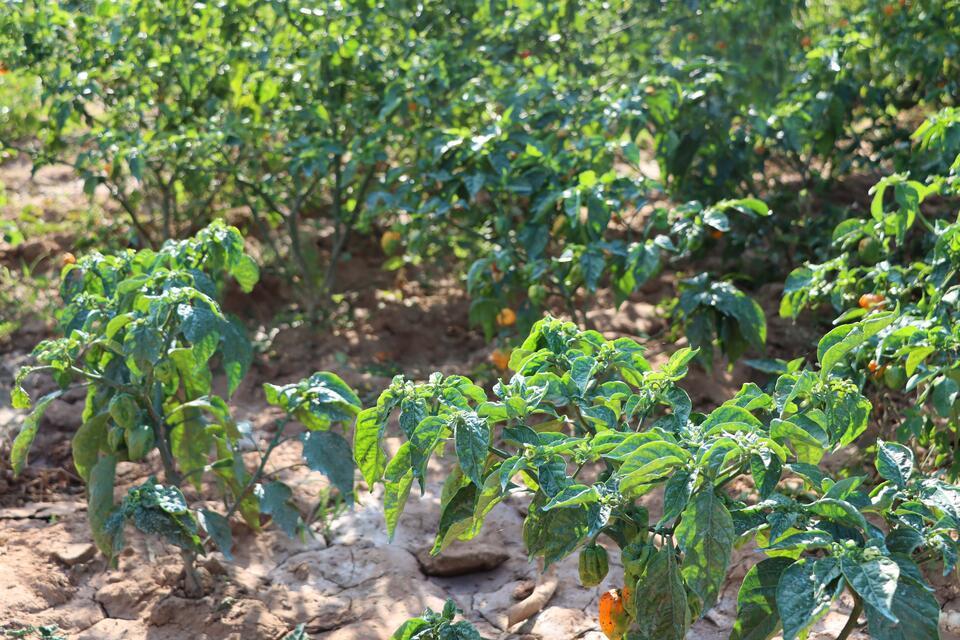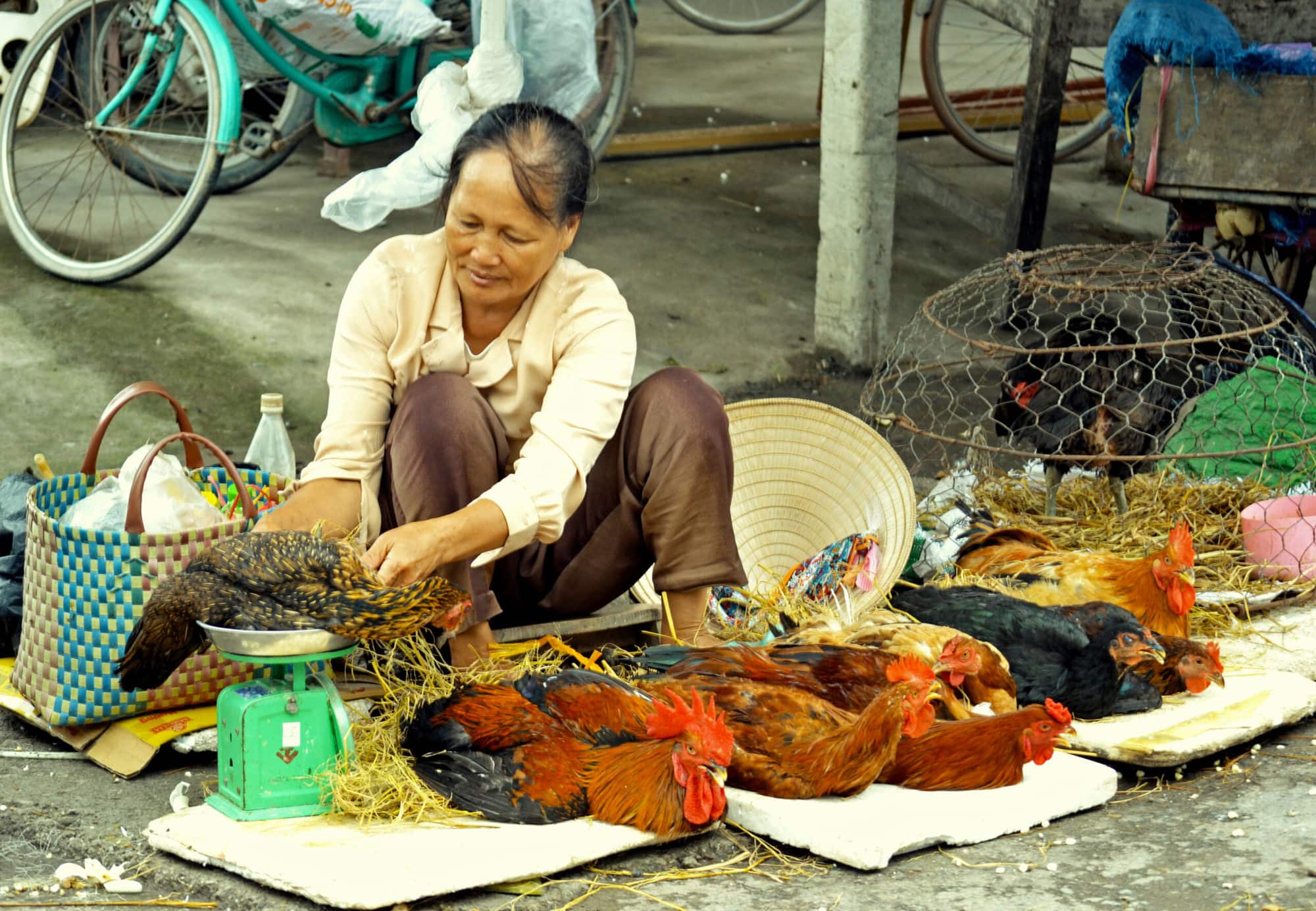Under the surface: research identifies 20,700 hectares that can produce crops in Senegal
- From
-
Published on
13.05.25
- Impact Area

In Senegal, water from the rainy season doesn’t fully disappear—it seeps into the clay-sandy soils of the lowlands in Sédhiou and Tambacounda, creating a hidden reservoir still largely untapped. As part of the AVENIR project, researchers from the Alliance Bioversity International & CIAT—led by Dr. Issa Ouédraogo, with Wilson Nguru, Wuletawu Abera, Christine Chege, Babacar Kane, Katiana Bougouma and Caroline Mwongera—analyzed nine years of Landsat images cross-referenced with soil and crop data. Their work identified 20,700 hectares ideally suited for Flood Residual Water Cultivation (FRWC), a low-cost, resource-smart approach that extends the growing season, boosts rural incomes, and enhances climate resilience.
Related news
-

Australia partners with International Livestock Research Institute to upskill researchers from Africa and Asia
International Livestock Research Institute (ILRI)13.11.25-
Food security
-
Poverty reduction, livelihoods & jobs
Australia has joined forces with the International Livestock Research Institute (ILRI) to support th…
Read more -
-

A decade of academic and research partnership advances One Health in Vietnam
International Livestock Research Institute (ILRI)13.11.25-
Health
In northern Vietnam, Thai Nguyen province has become one of the most active hubs for…
Read more -
-

Accelerating wheat breeding, from Toluca in Mexico to the world
CGIAR Initiative on Breeding Resources12.11.25-
Climate adaptation & mitigation
-
Nutrition, health & food security
In Mexico, a project has been completed to develop new elite parental lines of wheat…
Read more -
